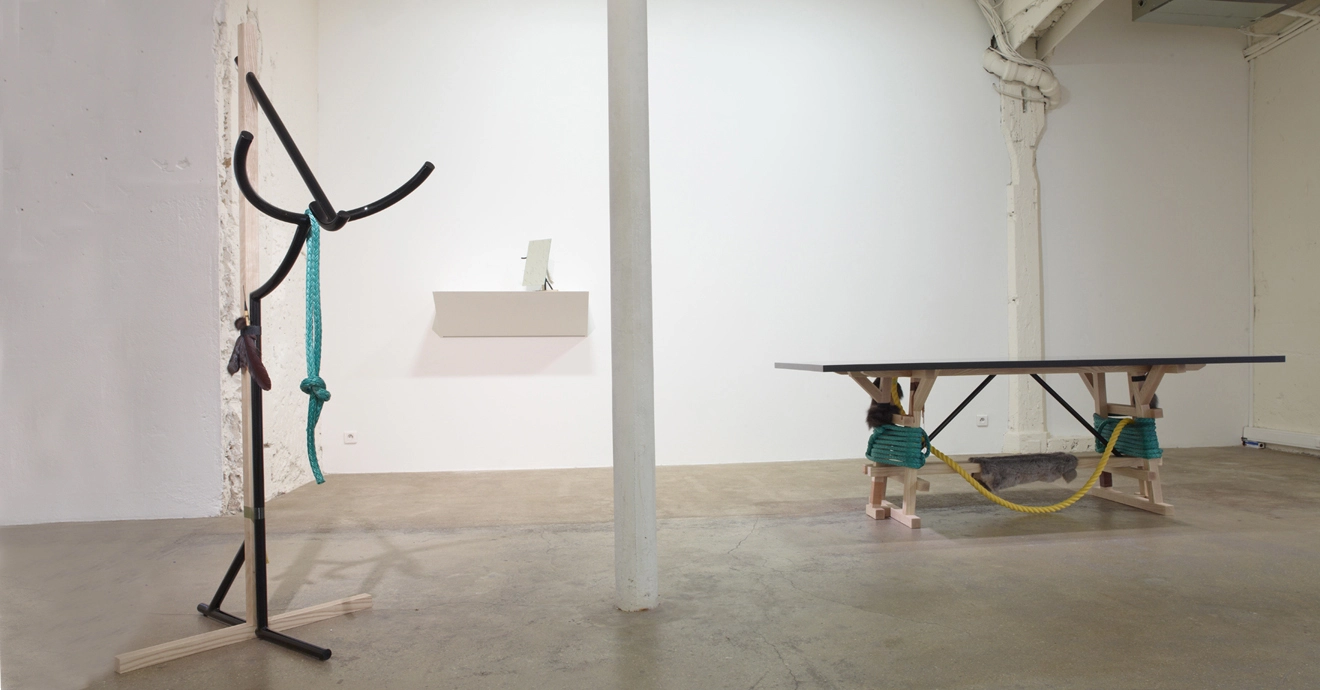
78
the silent village
Brynjar Sigurðarson
November 28, 2013 - February 08, 2014

Brynjar’s work is an explosion of freshness in a lacklustre world.
Constructed using classical assembly techniques, the pieces of furniture featured in this exhibition nonetheless have something of the air of mystery of ritual objects...
Exhibition Images

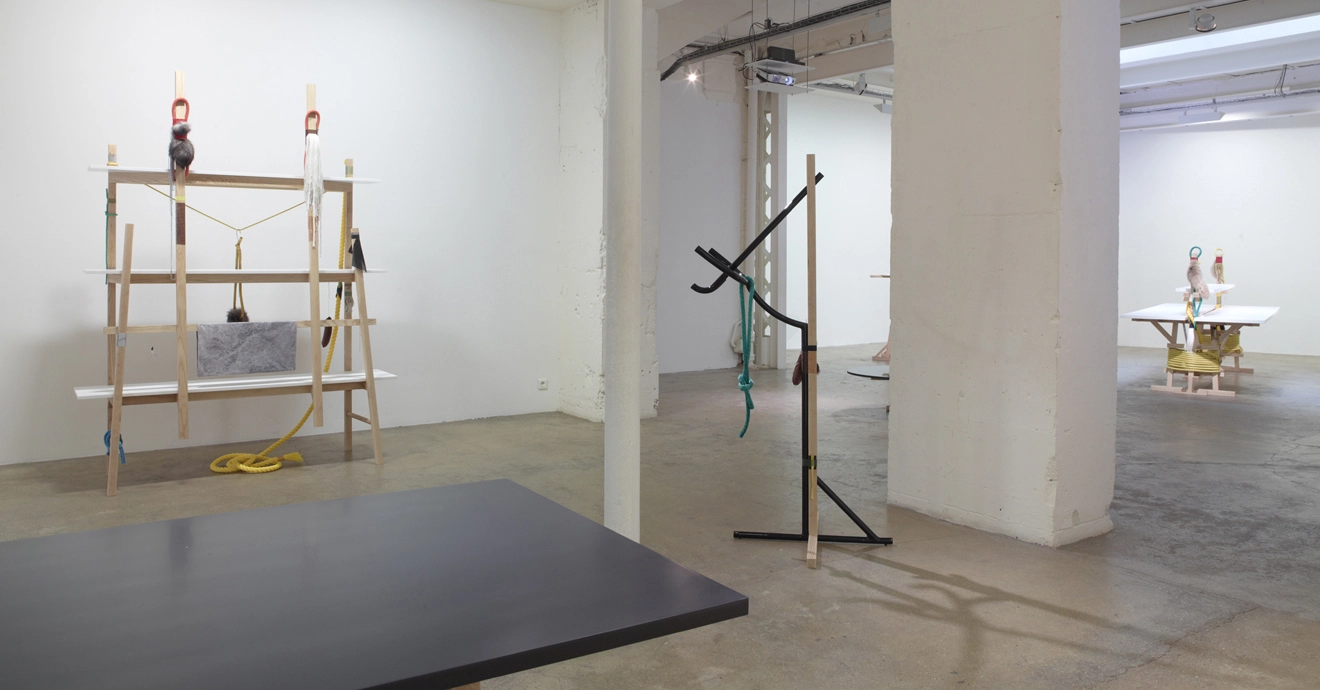
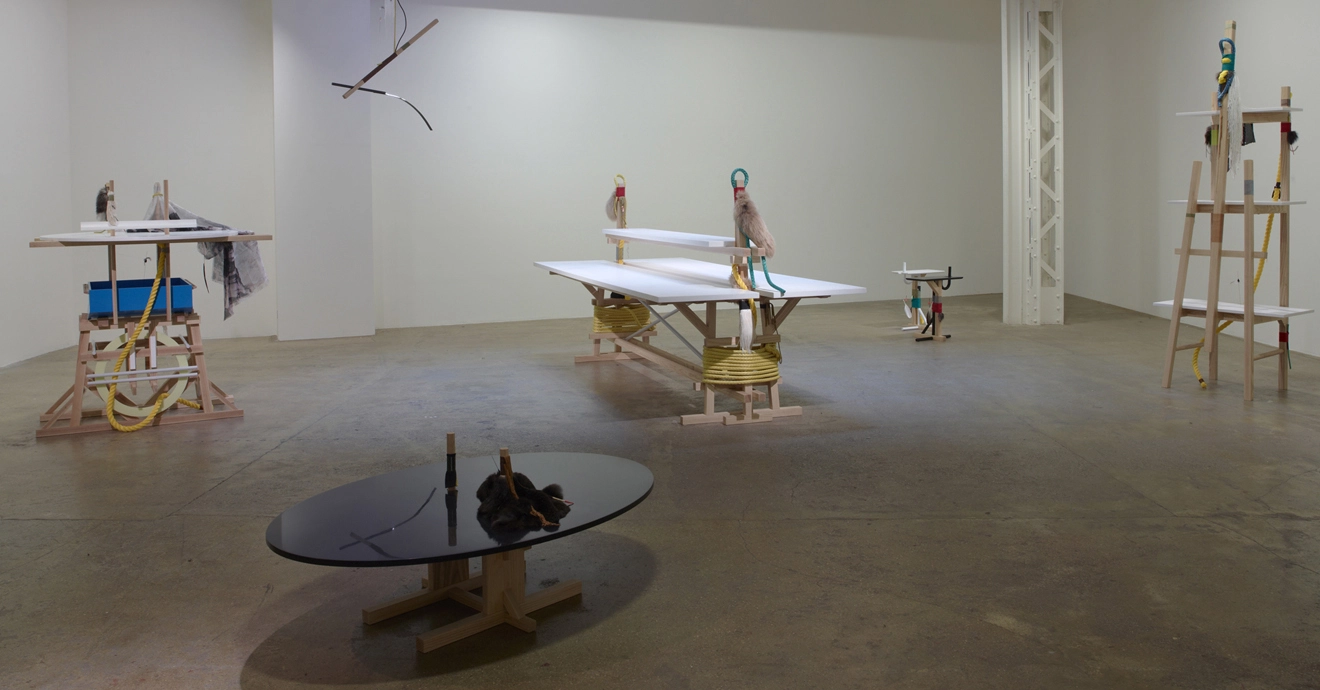
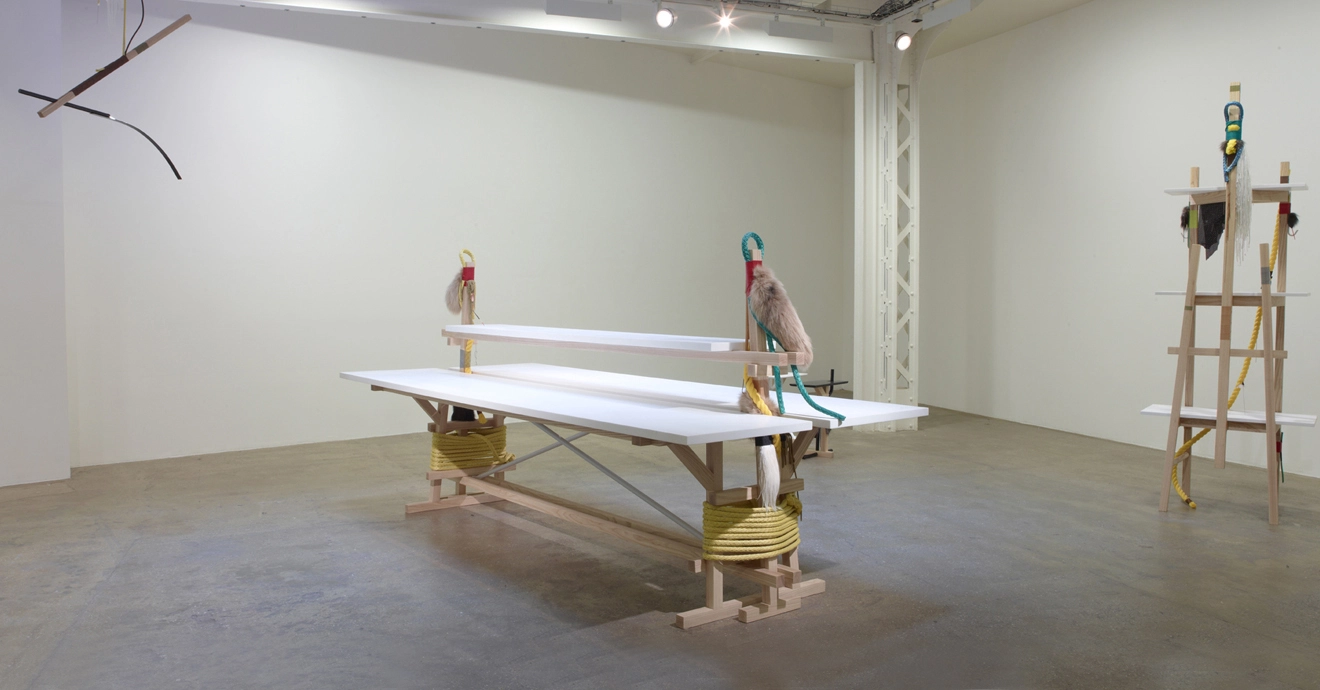
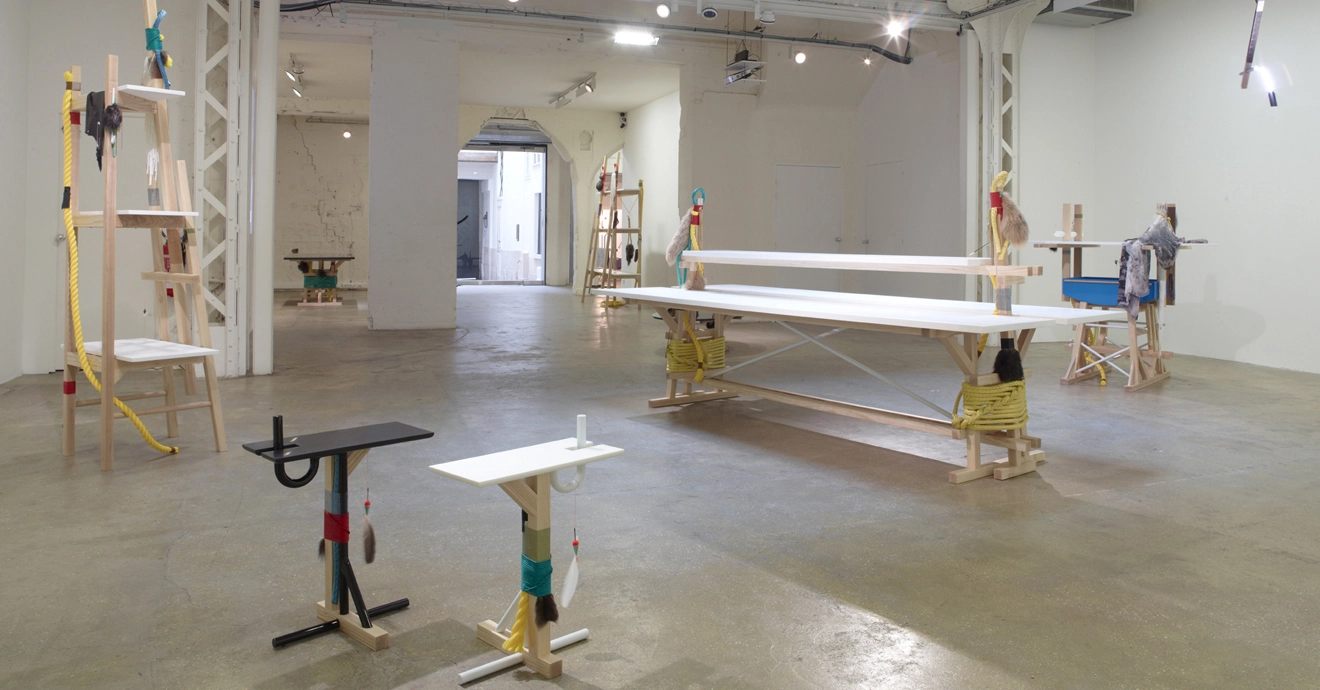
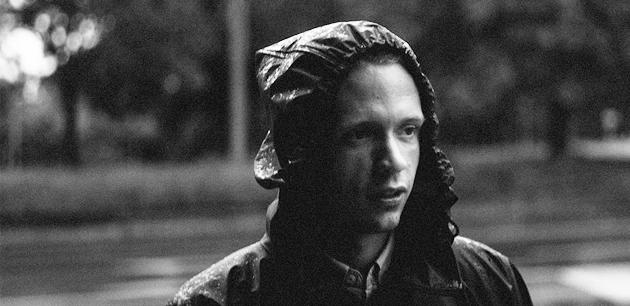
Brynjar Sigurðarson (1986) received a master’s degree in product design from ECAL (Lausanne), in 2011, and a bachelor degree from The Iceland Academy of the Arts (Reykjavík). Since 2011 he has been establishing his studio along with teaching at the Masters Department at ECAL. He founded Studio Brynjar & Veronika in 2014.
Brynjar Sigurðarson´s work is very linked to storytelling and narratives, which are deeply rooted in Icelandic culture. He uses various media such as drawings, photography, video, sound and furniture in order to convey his work in a fruitful and a specific way...


